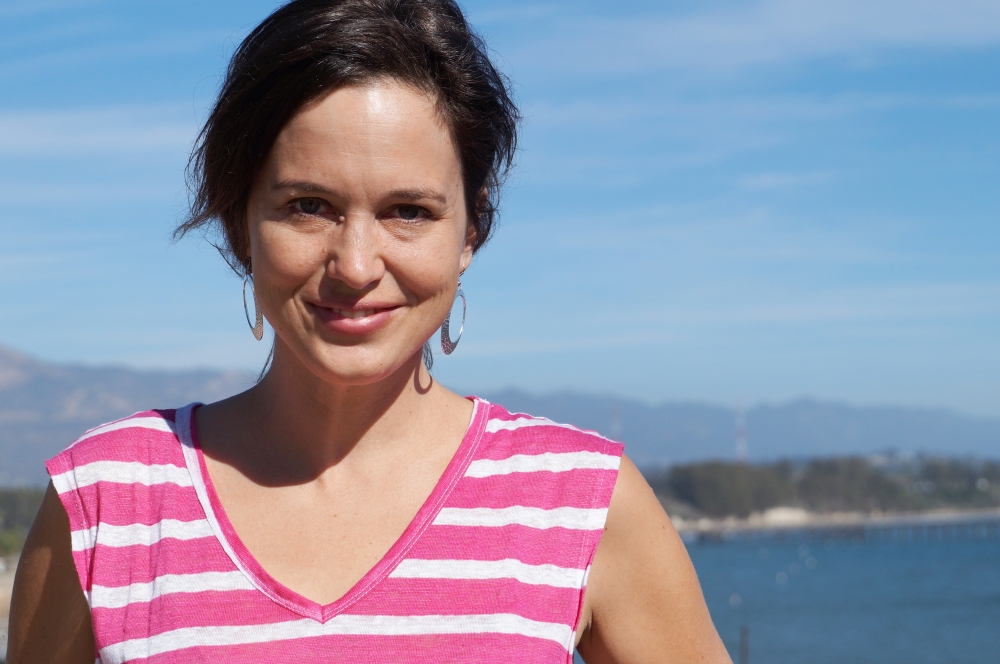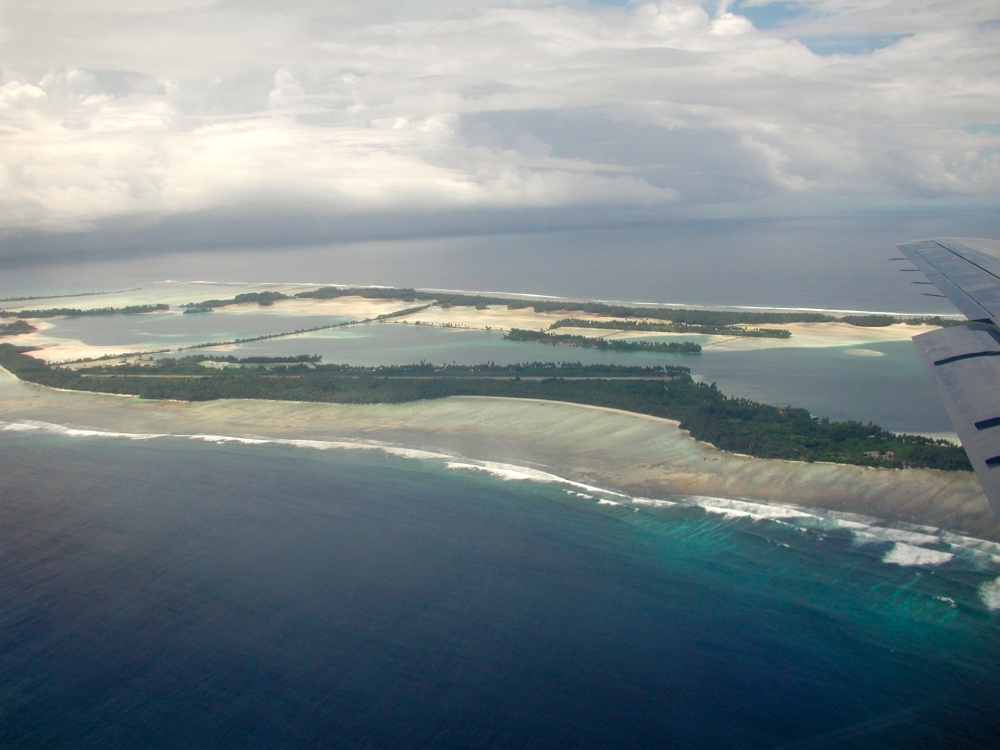Conservation Through Understanding


In the middle of the Pacific Remote Islands Marine National Monument, situated nearly 1,000 miles south of the Hawaiian Islands, Palmyra Atoll is an ocean wilderness teeming with rare animal and plant life.
Thanks to President Obama, half of the monument’s boundaries have been extended from 50 miles to 200 miles from shore. Last month, the president used his Antiquities Act authority to expand the monument to a total of nearly 500,000 square miles, making it the largest marine preserve in the world. It also presents unparalleled research opportunities for UC Santa Barbara marine scientists.
“The monument is a large, relatively pristine part of the Pacific Ocean,” said Jenn Caselle, a research biologist with the Marine Science Institute who conducts research on Palmyra Atoll. “When we protect our near-shore coral reefs, we tend to forget that there are linkages through the movement of mobile animals, energy and water that go well past these arbitrary human boundaries of 50 miles out.”
Caselle is also director of the Palmyra Atoll Research Consortium (PARC), a group of cooperating institutions that undertakes collaborative research to understand the terrestrial, marine and climate systems of Palmyra Atoll and the central Pacific. The group’s research advances the conservation of island and coastal systems worldwide.
In 2004, The Nature Conservancy — which bought the 23 islands that make up Palmyra Atoll — helped launch PARC as a partnership of academic, governmental and nonprofit conservation institutions. UCSB is a founding member of PARC, and the university’s scientists conduct research in various habitats on and around Palmyra, which is managed by the United States Fish and Wildlife Service as a national wildlife refuge.
Palmyra’s islands create a miniature ecosystem, allowing researchers to explore how ecosystems work. “These islands are just the right size to ask questions about the basic underlying properties of an ecosystem,” said Hillary Young, an assistant professor in UCSB’s Department of Ecology, Evolution and Marine Biology (EEMB). “These islands are small enough that we can really understand them as an entire ecosystem yet large enough to be a realistic proxy for large-scale continental systems.”
At the PARC research station on Palmyra, Young tracks seabird movement and their connections to both land and sea. She and UCSB’s Douglas McCauley, also an assistant professor in EEMB, want to understand how the seabirds’ ranges are likely to alter due to climate change — and thus how well the protected area will serve in the future.
“We’ve found that when these land-sea connections are disrupted, the whole terrestrial ecosystem falls apart,” Young explained. “Diversity goes down and rates of nutrient cycling, abundance of animals and food chain length all decrease. Everywhere we look things dramatically shift. These changes trickle back into the marine system.”
The bulk of Caselle’s Palmyra research over the past 10 years has focused on top apex predators. She and Darcy Bradley, a graduate student in the Bren School of Environmental Science & Management, are currently in the middle of conducting a shark stock assessment. Caselle’s other graduate students newly returned from Palmyra examined the movement and behavior of parrotfish and their effects on the seabed and on the coral reef.
Armand Kuris and Kevin Lafferty, principal investigators in the Ecological Parasitology Lab, have two ongoing Palmyra research projects. John McLaughlin, a graduate student in the lab, is working on an ecological network model of Palmyra’s sand flats. The other project examines parasites as indicators of the presence of top predators.
“You’ll see a theme in most of the work we do down there,” Caselle said. “It all takes advantage of the pristine nature of Palmyra. We do work that you can’t do anywhere else, and we’ve produced a lot of lucky graduates since 2004 thanks to PARC.”













